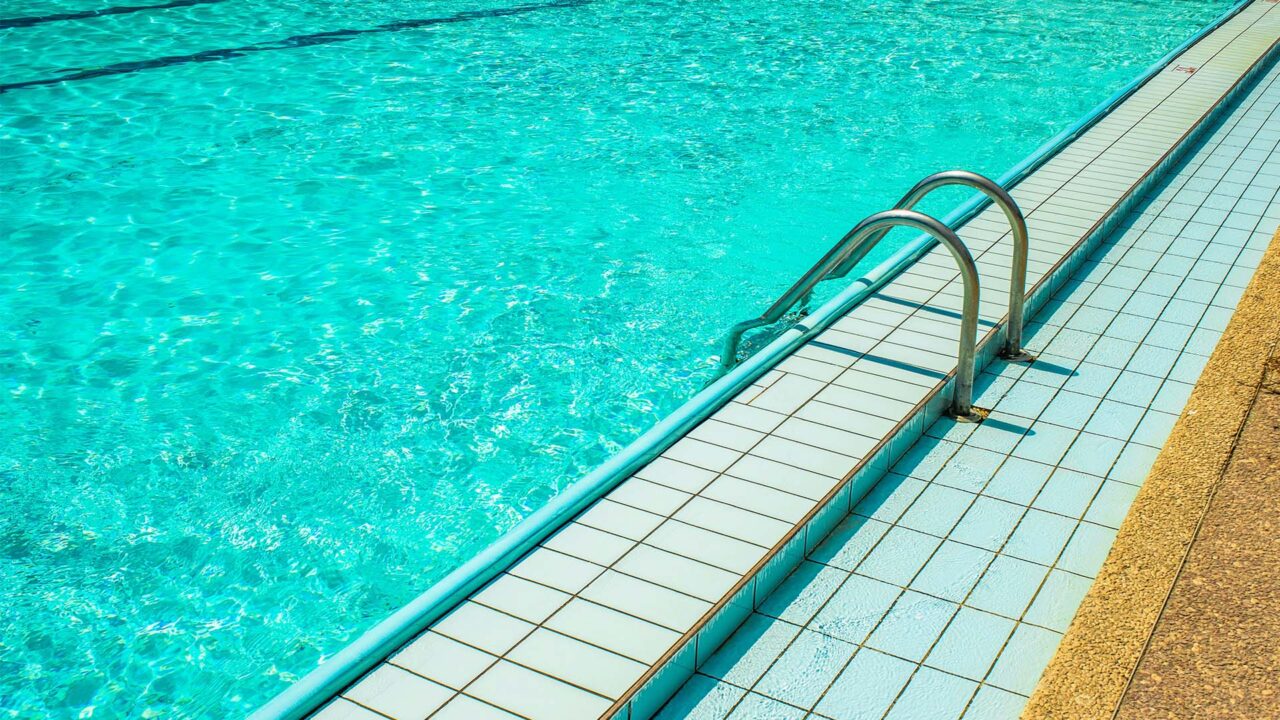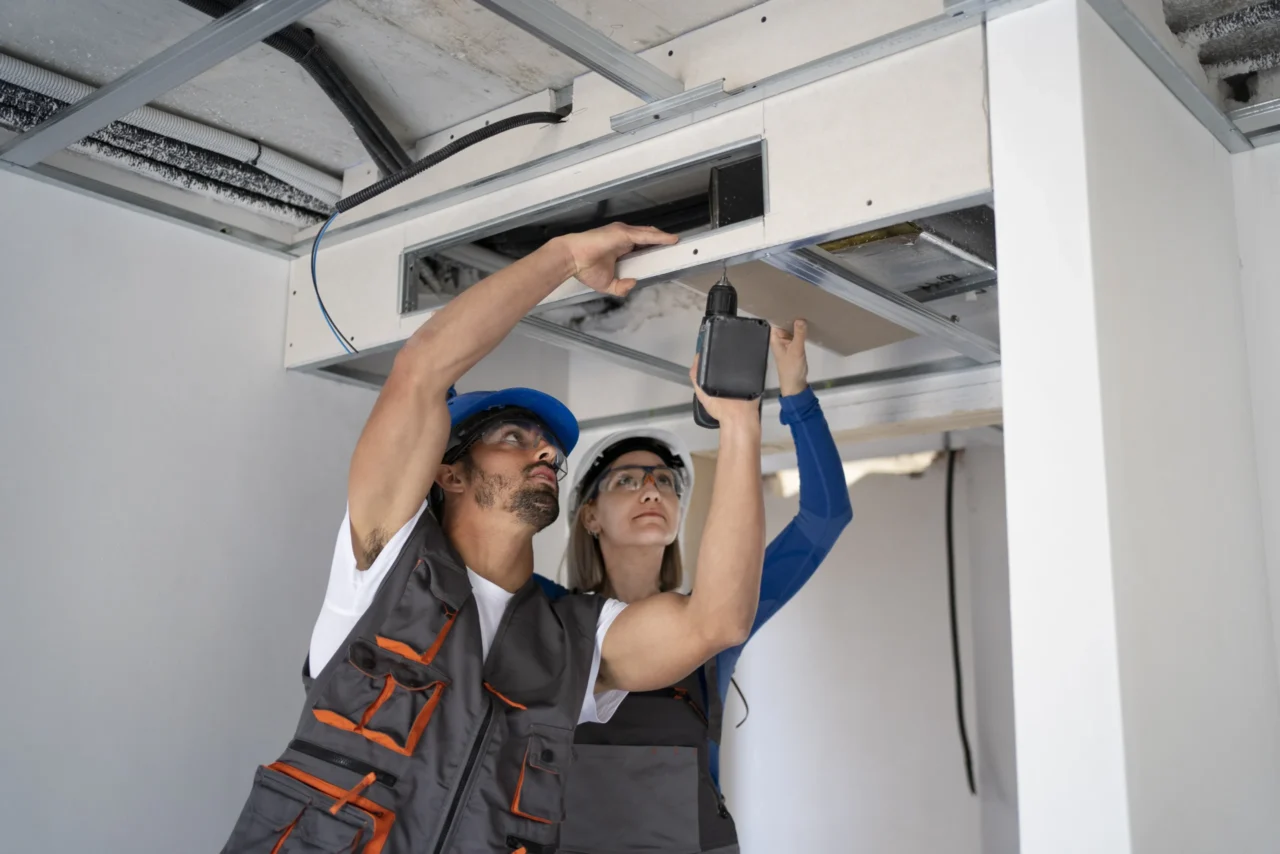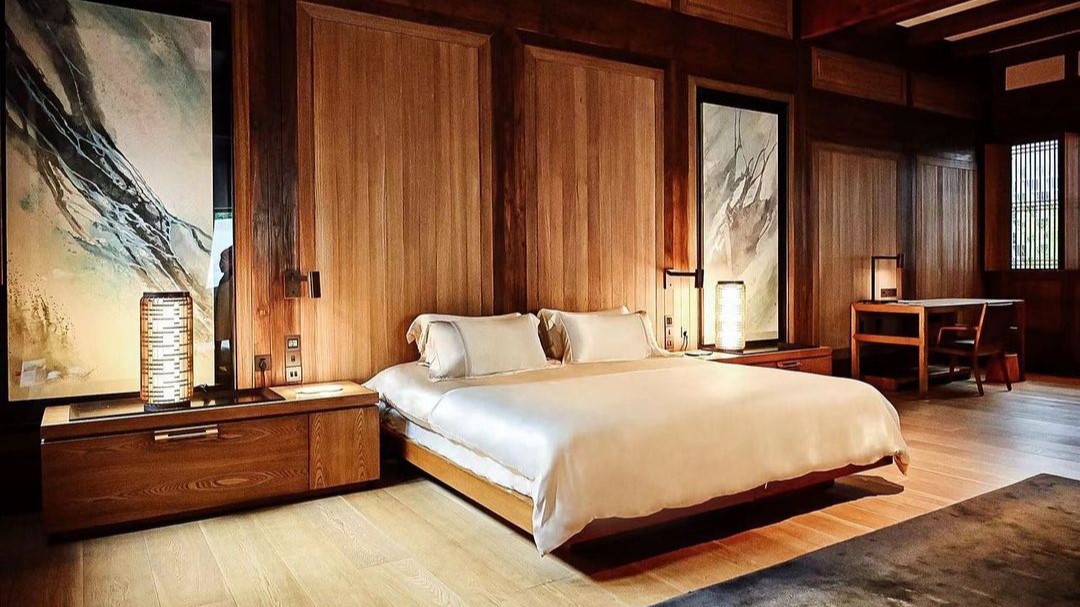How to choose the right windows for a passive house?
The development of construction materials and at the same time the rise in the cost of energy resources has led to the popularity of ‘passive houses.’ Such buildings need on average 7 to 10 times less energy to maintain a comfortable temperature: for heating in winter and air conditioning in summer.
The ‘passive house’ concept involves not only reducing heat loss through high-quality insulation. The main idea is to minimize the consumption of energy resources through the efficient use of any energy, including sunlight. Therefore, more attention should be paid to windows and doors.
How to choose windows for energy efficient buildings? What to pay attention to? And where is the best place to order?
How to Choose Windows and Doors when Building a ‘Passive House’?
The main criterion for windows is thermal insulation at the level of 0.4–0.7 W/(m²K). But a ‘passive house’ is more than a standard. This is a different approach to construction. The design takes into account the climatic zone, site location, orientation to the cardinal directions and even the natural shading. Obviously, what works in Minnesota won’t work in Florida.
For example, south-facing panoramic windows in the northern states can provide an additional source of heat. The same concept in New Mexico will lead to a fold increase in cooling costs. Here we use natural shading or align window openings to the north.
In and around Chicago, tightness in high winds is important. In Wyoming or Utah, the material must withstand a large temperature jumps, in such conditions PVC is not the best choice due to high temperature deformations. In Nevada, it is better to forego wooden frames, which in hot and dry climates require special maintenance.
The second criterion is glass unit. In sunny states, glass must be energy efficient, with reduced heat transfer coefficient (SHGC). It does not obscure the room, transmits 100% of visible light, but reflects infrared rays.
Fortunately, detailed research is not necessary. When designing, you can take ready-made computer models and climate databases, such as PHIUS (USA), MINERGIE-P (Switzerland).
But the easiest way is to choose aluminum windows made in accordance with the requirements of the ‘passive house’ standard. Such systems are offered by Reynaers, Aluprof.
Why Aluminum Windows are Best for a ‘Passive House’?
Nowadays, different materials are used for the manufacture of window frames. The wood is a tribute to tradition. It needs annual maintenance, it deforms with deviations in humidity levels. PVC windows are inexpensive, but due to significant temperature deformations, they are not suitable for harsh climates, they have restrictions on the size and weight of the glass unit.
Aluminum is devoid of all disadvantages. Thermally insulated aluminum profiles maintain tightness up to 900 Pa. They are rigid, retain their size during abrupt temperature jumps. They are suitable for panoramic glazing using heavy energy-saving double-glazed windows with three chambers and glasses up to 1 cm thick.
The last argument is smart look. Polished aluminum matches a variety of interior styles. The frame can be left as is or painted in any color from the RAL palette.
Where to Buy?
It seems logical to look for a window company locally. But it is cheaper to order windows in Europe. It offers significant savings, even taking into account transportation across the ocean. The cost of production is lower in Eastern Europe. European manufacturers produce translucent structures and doors without extra charge for an individual project. Follow the link www.alumglass.eu to find out the price and learn more about delivery.











